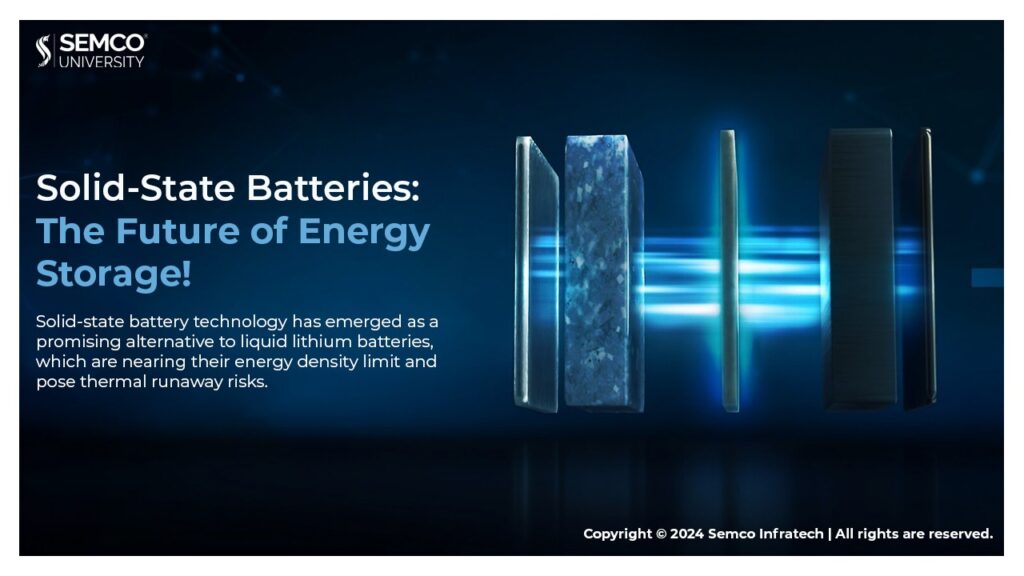Solid-state battery technology has emerged as a promising alternative to liquid lithium batteries, which are nearing their energy density limit and pose thermal runaway risks. Solid-state batteries replace the liquid electrolyte with a solid electrolyte membrane, enhancing safety and energy density. This article outlines the development and technical pathways of solid-state batteries.
Solid-state batteries utilize solid electrolytes, replacing the flammable and corrosive organic solvents found in liquid electrolytes. By mitigating the risk of thermal runaway, solid-state batteries enable the use of high-energy materials like high-voltage positive electrodes and lithium metal negative electrodes. This transition is crucial for enhancing battery safety and energy density, making it a key technological direction.
Batteries can be classified based on their electrolyte into four categories: liquid, semi-solid, quasi-solid, and all solid. Solid-state batteries fall under the latter three categories, where polymers, oxides, and sulfides are the primary solid electrolyte types.
Semi-solid batteries reduce the electrolyte volume and incorporate a polymer + oxide composite electrolyte, enhancing safety with an energy density exceeding 350Wh/kg. Quasi-solid-state batteries, with less than 5wt.% liquid electrolyte, act as an intermediate step between all-solid-state and liquid batteries, primarily aiding interface infiltration.
All-solid batteries eliminate the need for traditional electrolytes, adopting polymer/oxide/sulfide solid electrolytes and dividing the electrodes into films. They offer an energy density of 500Wh/kg and show promise for future advancements.
The shift to semi-solid and solid-state batteries impacts the demand for various battery materials. While the short-term demand for electrolytes may remain, long-term trends suggest a shift towards solid electrolytes. The fate of diaphragms depends on the dominant technology. Ternary/graphite electrodes will likely be replaced by lithium metal/layered lithium-rich manganese in the long run.
In conclusion, solid-state batteries offer significant advantages over liquid batteries, paving the way for the lithium battery industry’s transition to solid-state technology. With increasing demand for high-safety, long-life, and high-energy density energy storage solutions, solid-state batteries present a compelling solution for new energy vehicles and smart grids. Their development holds immense potential for future battery technology.

